To state the obvious, many of us are fixated on fine lines and wrinkles.
But as I’ve said before, those crevices and valleys don’t bother me so much. Instead, as I age, my primary focus is on reducing pigmentation. Why? A clear, even-toned complexion makes skin look healthy, while pigmentation and discolouration can be more ageing than wrinkles.
And I’m not the only one who thinks so. Dr Yalda Jamali, a cosmetic doctor at All Saint Skin Clinic agrees that sunspots, discolouration and melasma can be incredibly ageing. The good news is that unlike, wrinkles, pigmentation can usually be treated.
“Lines are an inevitable part of ageing; even if we sit in a dark room and never leave the house, we will still get fine lines and wrinkles as a result of intrinsic ageing. However, we are usually in better control of reducing pigmentation.”
Quick recap: pigmentation tends to fall into two camps: hypopigmentation (lightening of the skin) or hyperpigmentation (darkening of the skin), says Dr Yalda. Not all pigmentation appears as ‘dark spots,’ and not all pigmentation is caused by sunlight.
“The two main pigmentary issues I see are sunspots and post-inflammatory pigmentation from previous acne,” explains Dr Yalda.
“For hyperpigmentation, pigment-inhibiting ingredients like vitamin C, arbutin, kojic acid, retinol, azelaic acid, liquorice extract and tranexamic acid, can reduce the pigment and prevent it getting darker over time, while professional treatments, like laser and chemical peels, can also help improve overall skin tone.”
Whatever the discolouration or treatment, Dr Yalda offers two crucial pieces of advice: ensure the product/machine is suited to your skin type, or you’ll risk further pigmentation, and ensure you apply – and reapply – adequate SPF afterwards. Now, the spot treatments.
The professional treatment: Limelight IPL
What it is: An in-clinic, high-intensity light treatment that targets issues like sun damage, rosacea and age spots.
How much it costs: From $450
Trialled by PRIMER’s co-founder Felicity Robinson
Felicity had a one-centimetre patch of pigmentation on her right cheek for at least seven years, and paid it minimal attention until a friend had her freckles treated with Limelight and looked 10 years younger. So Fliss hotfooted it over to Carlton’s Clinica Lase for a course.
“My face was prepped with a cleanse, exfoliation and oxygen-catalyst mask, before goggles were strapped over my eyes and the therapist moved the Limelight device over my cheeks, forehead and chin for the next 10 minutes,” says Fliss. “Each pulse of light felt like my skin was being pinched; momentarily painful but very tolerable. We finished with 15 minutes under LED lights – always blissful.”
Over the next seven days, all the spots of sun damage rose to the surface (“my skin looked like it was scattered with coffee grounds”) and the pigmentation patch became darker before dropping off. “The pigmentation was still there, but it was lot lighter – and I was thrilled.” So thrilled that she’s been back for a second round, and is scheduled for a third.
The DIY option: Vitamin C serum
What it is: A topical serum that’s applied as part of your skincare routine.
How much it costs: $30+
Trialled by PRIMER’s beauty editor Lucy Adams
“Vitamin C is great for pigmentary issues, however it’s not the strongest pigment-inhibitor ingredient on the market,” explains Dr Yalda. “There are better ingredients out there and vitamin C doesn’t suit everyone’s skin and in fact, causes congestion and breakouts in many, which may lead to further pigment.”
This has been PRIMER beauty editor Lucy Adams’ experience. “My main skin concerns have been redness, which is somewhat under control, and sensitivity, so I go for gentler formulas with less than 10 per cent vitamin C, and ones that are formulated with soothers and hydrators, like glycerin and aloe vera.”
Recently, Lucy has seen results from two vitamin C serums. “I used Viviology Vitamin C Serum, $55, once a day and, after a few weeks, I did notice an improvement in my skin tone (more even, not as red) and a general glow.”
To target her sun spots, Lucy reached for Paula’s Choice C15 Super Booster, $72, “Lightweight and with potent antioxidants including vitamin E and ferulic acid, it was a little tingly on first application but settled quickly,” she says. “I used it every second day until my skin got used to it, but the effects were almost immediately noticeable: my skin felt firmer and smoother.” But while the glow factor was definitely there, she says, “I haven’t notice much of a change in the freckles department — yet.”
The professional treatment mixed with DIY: Laser and LED
How much it costs: Fraxel can cost up to $1200+ LED is $100+ per session
Who it’s best for: Fraxel is best for lighter skin tones.
I wage war on my pigmentation from multiple fronts. I get Fraxel semi-regularly (although Dr Yalda warns that “it’s mainly suitable for Fitzpatrick skin type 1-3 [lighter skin tones] and can cause further pigmentary issues on darker skin types.”)
I also undergo LED whenever I can (“good skincare plus LED can fade hyperpigmentation, however you have to be very persistent”), and I complement that with an at-home skincare regimen that includes vitamin C (natch), retinol (always).
I also recently added Naturium Multi-Bright Tranexamic Acid Treatment 5%, $44, to my regimen. It includes a couple of the pigment-inhibiting ingredients Dr Yalda name checked, like tranexamic acid, kojic acid and alpha arbutin.
My skin is quite resilient and can tolerate most vitamin Cs, but a couple I’ve recently finished and which delivered discernible brightening include Dr Dennis Gross Vitamin C+Lactic 15% Vitamin C Firm & Bright Serum, $139, which includes pigment-inhibiting liquorice and mulberry extracts, and Elizabeth Arden Vitamin C Ceramide Capsules Radiance Renewal Serum, $160, which is spiked with ceramides for additional skin barrier strengthening, a must during winter.




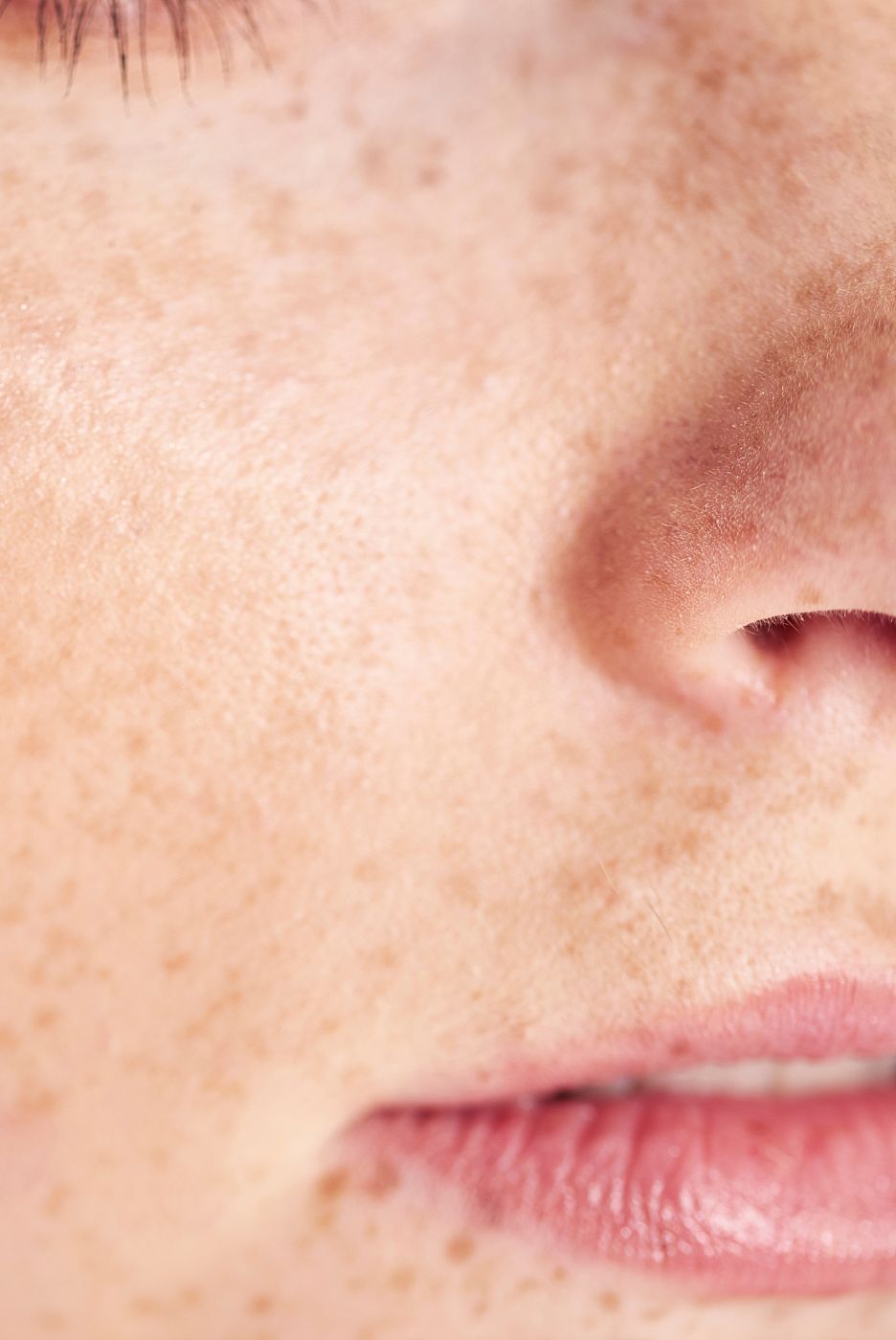
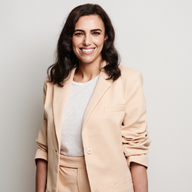
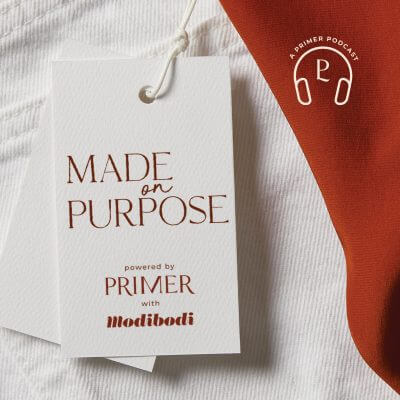
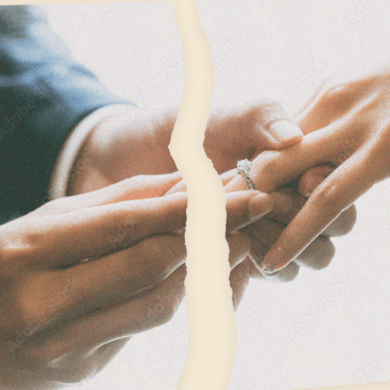
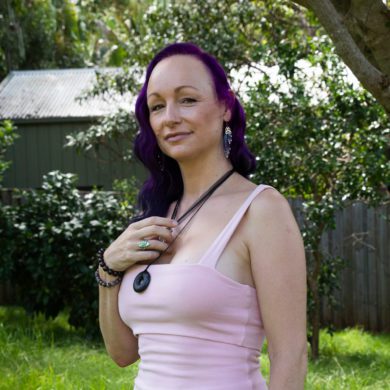
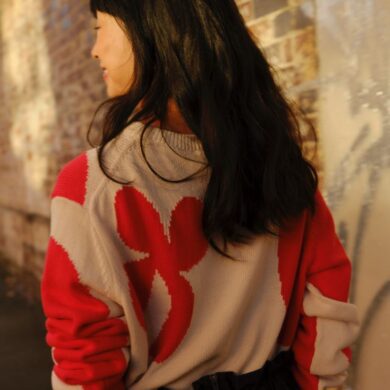
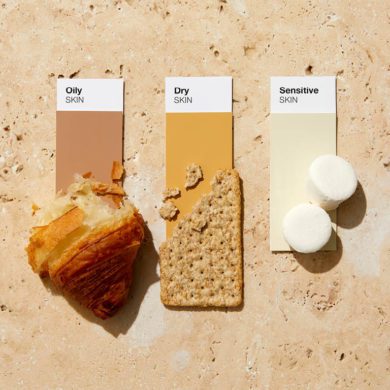
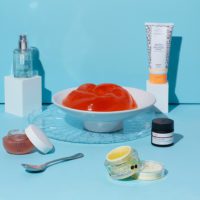

No Comments